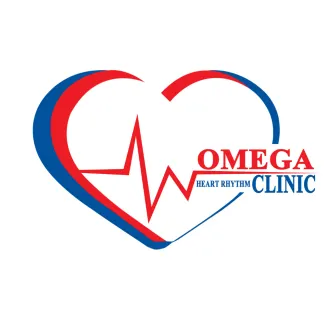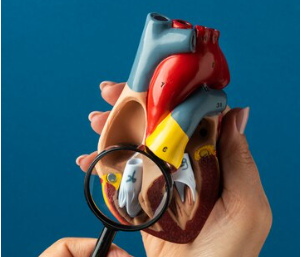Introduction: Cardiology has made remarkable strides in recent years, offering a plethora of innovative treatments to address various heart conditions and improve patient outcomes. In this article, we’ll explore some of the best treatments in cardiology, from minimally invasive procedures to groundbreaking technologies, that are revolutionizing the management of heart disease and enhancing quality of life for patients.
1. Transcatheter Aortic Valve Replacement (TAVR): TAVR is a minimally invasive procedure used to treat aortic valve stenosis, a condition characterized by the narrowing of the heart’s aortic valve. Unlike traditional open-heart surgery, TAVR involves inserting a catheter through a small incision, usually in the groin, and guiding a replacement valve into position within the heart. This procedure offers a shorter recovery time and reduced risk compared to surgery, making it an excellent option for high-risk or elderly patients.
2. Percutaneous Coronary Intervention (PCI): PCI, also known as angioplasty, is a minimally invasive procedure used to treat coronary artery disease (CAD) and restore blood flow to the heart. During PCI, a balloon-tipped catheter is inserted into the blocked or narrowed coronary artery and inflated to widen the artery and improve blood flow. In some cases, a stent may be inserted to keep the artery open. PCI is highly effective in relieving symptoms of CAD and reducing the risk of heart attack.
3. Left Ventricular Assist Device (LVAD): An LVAD is a mechanical pump implanted in the chest to assist the heart in pumping blood throughout the body. This device is often used as a bridge to heart transplantation for individuals with advanced heart failure or as destination therapy for those who are not eligible for transplant. LVADs can significantly improve quality of life and survival rates for patients with severe heart failure who are awaiting transplant or are not candidates for surgery.
4. Cardiac Resynchronization Therapy (CRT): CRT, also known as biventricular pacing, is a treatment for heart failure that involves implanting a special pacemaker to synchronize the contractions of the heart’s ventricles. By coordinating the timing of contractions, CRT improves the heart’s pumping ability and reduces symptoms such as fatigue, shortness of breath, and fluid retention. CRT is particularly beneficial for individuals with heart failure and electrical dyssynchrony.
5. Remote Monitoring and Telemedicine: Advancements in technology have facilitated remote monitoring and telemedicine in cardiology, allowing healthcare providers to monitor patients’ heart health remotely and provide timely interventions when needed. Remote monitoring devices, such as implantable cardiac monitors and wearable sensors, enable continuous tracking of vital signs and early detection of arrhythmias or other abnormalities. Telemedicine appointments offer convenient access to cardiology care, especially for patients in rural or underserved areas.
Conclusion: From minimally invasive procedures like TAVR and PCI to innovative devices like LVADs and CRT, cardiology offers a wide array of treatments to address heart disease and improve patient outcomes. Embracing cutting-edge technologies and techniques, along with a multidisciplinary approach to care, is essential for delivering the best possible outcomes and enhancing the quality of life for individuals with heart conditions. As cardiology continues to evolve, the future holds promise for even more advanced treatments and interventions to promote heart health and longevity.

